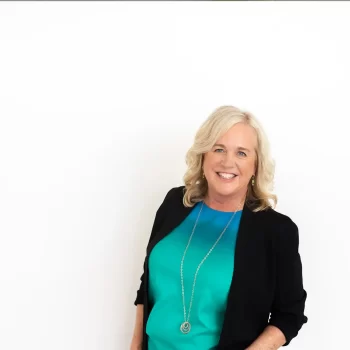The 3 Question Foundation of Every Revenue Generating Offer
What do you say when people ask, “Tell me about your business?”
Most entrepreneurs I know tell me what they sell. I’m a photographer. I’m a stylist. I sell beauty products. I’m a leadership development coach.
But if I’m a potential customer, I need to know more. Because I have a problem. And I need to know whether or not you can solve it. Otherwise I need to keep looking. I want to know if you’re:
- A family photographer that can get me a great outdoor shot of my family even though I have kids and pets that won’t sit still because I don’t have any pictures of my family while I was growing up and I want to preserve this moment in time because it seems like the kids are growing so fast.
- A stylist that can help me look up to date using mostly what I already have in the closet because I’m trying to get a new job but I don’ t have a lot of extra money and I need to attend networking events and I haven’t been out there in awhile.
- A line of beauty products that can help with these dark circles under my eyes and not irritate my skin and not take too many steps because I’m really busy in the morning and I don’t have a lot of time.
- A leadership development coach for women who work for large corporations who are currently directors who are interested in getting to the VP level and need to develop their presence, confidence and communication skills.
Entrepreneurial success hinges on clarity and it boils down to three fundamental questions. What problem are you solving? Who are you solving it for? And why does it matter to them?
1. What problem are you solving?
A lot of entrepreneurs and founders start their businesses around an idea. A product. A service they think other people might want or need.
But working with almost 1,000 entrepreneurs and students proved to me that understanding the problem is 10x MORE important than whatever service you offer or whatever product you build. Especially if you’re selling it online.
If you don’t have a ready answer to this question, my first suggestion would be for you to talk to your customers or people who are similar to the customers you want to have. If you do have an answer to this question and you haven’t talked to your customers, I would also recommend that you do some customer insight interviews just to make sure you’re right. (If you’re not generating as much revenue as you’d like to, please don’t skip this step.)
2. Who are you solving it for?
I’ve written recently about the benefits of narrowing your customer focus, among them being more money, more time and higher prices. You can check that out here.
Here’s the tricky part. Questions 1 & 2 aren’t linear. They are iterative. Because as you talk to people you will iterate on the problem. And as you iterate on the problem, you will sharpen the specifics related to your customer. This is one reason why you can’t just do one customer insight interview and call it a day. I generally recommend you do 7-10 as a minimum.
3. Why does it matter to them?
This is a question that goes one fathom deeper and is potentially the most important. A lot of us have little problems that we’re not necessarily willing to pay to solve or we’re not actively looking for a solution.
Let’s say your product is an organizer for pots and pans. I for sure have that problem. But I am not your customer. For sure my pots and pans are not neatly nested and there are lids that roll out whenever I go to put things away. I’m vaguely aware there are organizers for that, but it’s just not a big enough problem for me. It’s a nuisance, but it doesn’t bother me enough to actively seek (and pay for) a solution.
However, I have a friend and we’ll call her Sara. And my haphazard pots and pans cabinet makes her absolutely nuts. All those lids just wedged in wherever that just get shoved back in…it looks cluttered and makes a bunch of noise….and how can I find anything….
So for me it’s a little problem. But for Sara it’s a poison ivy problem. The kind of problem that she’s really invested in making go away. So if you make a pots and pans cabinet organizer that delivers, there’s probably an opportunity to make Sara your biggest brand evangelist.
And there are probably a lot of Sara’s out there. And since you understand the problem, who it’s for and why it matters, you can put out the call directly to her and her super organized peeps. And they will come.
Getting to Why it Matters
A few closing thoughts on the 3 questions. The problem you’re solving and why it matters may be different for different customers. One person might buy your organizer because it’s important that everything looks neat and tidy. Someone else might buy it because they’re on zoom calls all day and want a quiet environment while they make dinner. There’s no way to uncover this by stalking people online. The only way to do it is by talking to them, asking follow up questions and deeply listening.
If you want to go deeper, here’s an HBS article with more about the concept of “Jobs to Be Done” and why understanding what people are “hiring” your product to do can make a real difference in your offer and your messaging.
This post is part of a series: 8 Secrets to Designing Offers People Want to Buy




